SMT Assembly or surface mount technology is a method applied to solder SMD (surface mount devices) components to PCBs that ultimately result in compact and small electronic products. The SMD components are smaller, lightweight, and can be directly placed and soldered on the same side of the PCB.
Figure 1 shows an Atmega-8 with a 28-pin dip package and 32-pin TQFP package. The SMD component is much smaller than the TQFP package IC and requires a smaller height and area to solder.
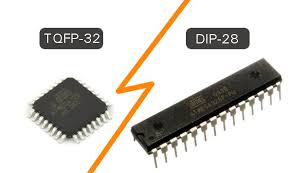
Figure 1: Comparison of Atmega-8 28-pin and TQFP-32-pin package IC.
Figure 2 shows an assembled PCB with DIP and equivalent SMD-packaged ICs.
The SMD components assembled by PCB are much smaller than its predecessor DIP-packages.
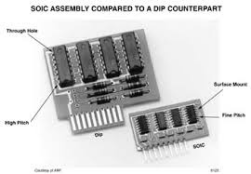
Figure 2: Assembled PCB with DIP and equivalent SMD components
The SMT technology components have replaced their DIP counterparts due to their size and comparable prices.
However, it is possible to use both technologies on the same board.
The SMT production process, i.e., soldering of SMD components, is also fast and lowers the soldering cost due to less soldering pin area.
But it causes increased defects due to the miniaturization of components and increased pin density per unit area of the package.
In that case, defect detection and troubleshooting are more costly. The PCB design and fabrication are also tricky and time-consuming for SMT devices.
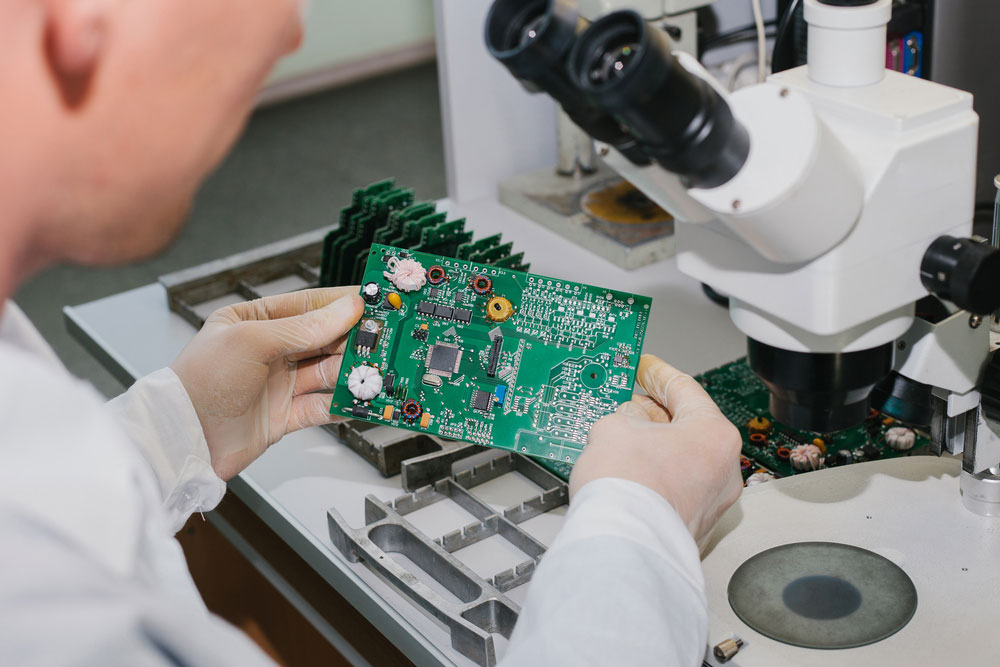
The SMT assembly has various advantages over the conventional DIP methods:
- A higher component and pin count is possible for signal routing that reduces PCB real estate
2. Components can be placed and soldered on both sides of the PCB
3. Due to smaller pins and track length, PCB parasitic becomes lower such as parasitic capacitance and parasitic inductance
4. Better EMC/ EMI performance
5. Lower cost of soldering materials
6. Because the components have lower heights and smaller footprints, the produced products are smarter, lightweight, noise-free, and portable.
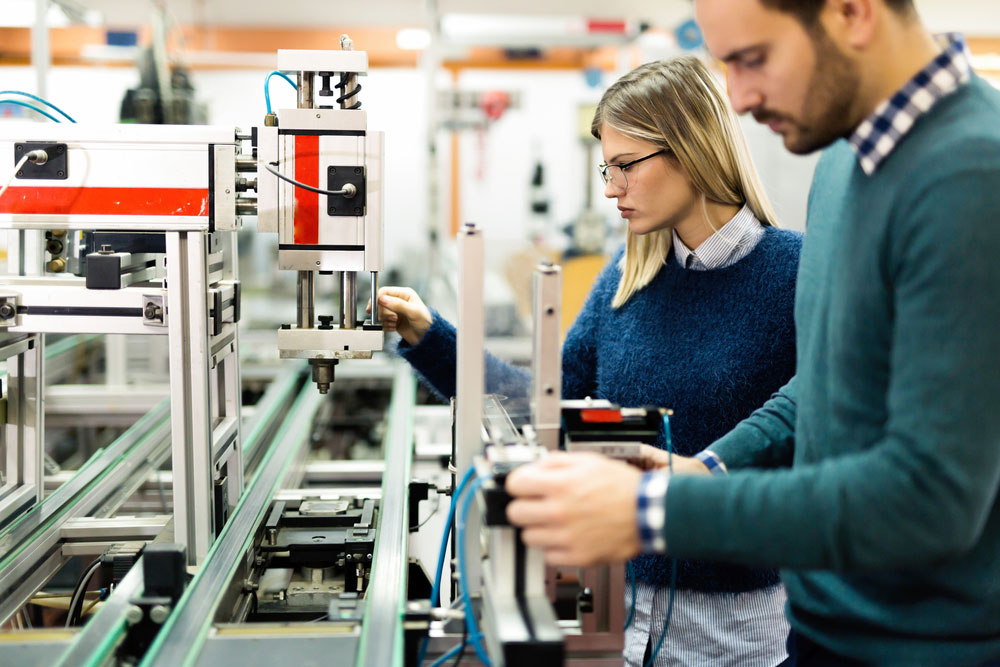
Although there are many advantages of the SMT assembly, there are some disadvantages of this method:
- Fault tracing is hard to find, especially in the multilayer boards
2. Manual assembling, prototyping, and component level repairing is much more difficult such as in the case of QFN, BGA packaged ICs
3. Needs specialized tools for soldering and re-work like a microscope, fine soldering tips, etc.
4. PCB manufacturing, prototyping tools, and accessories are costly
5. Solder joints are more prone to dry-joint
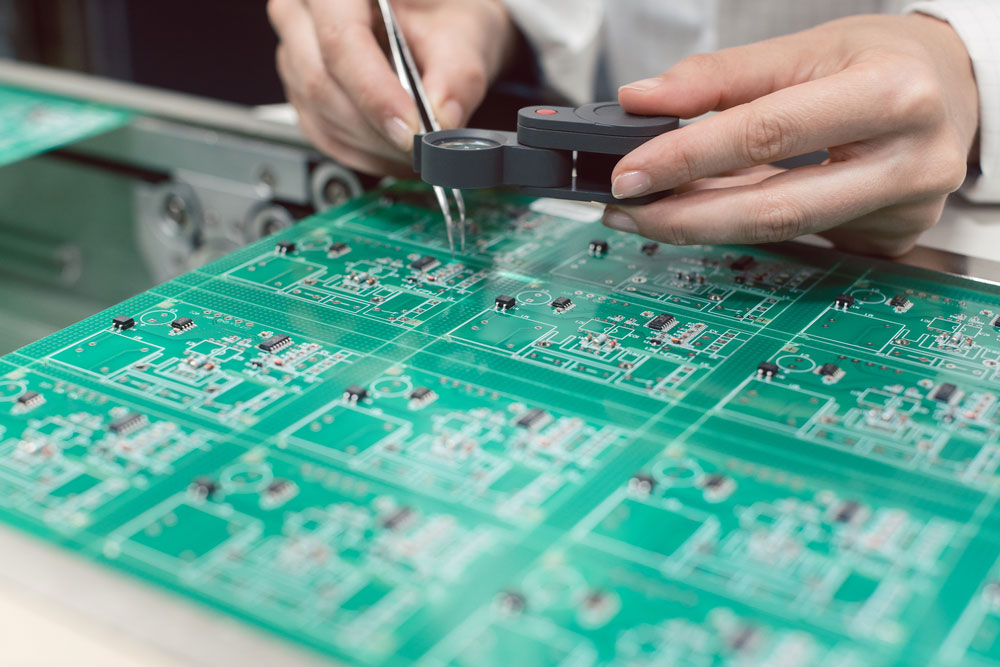
6. Components during desoldering may be permanently deranged due to very small contacts and extra heat application
7. Extra adhesive composite potting is necessary for components that face frequent mechanical stress, such as connectors, heat sinks, and large devices.
8. For large productions, auto pick and place machines outperform and are preferred over the manual assembly, but they are much more costly.
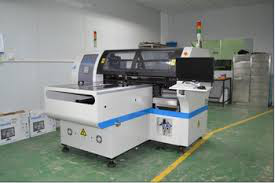
Figure 3: Auto SMD pick and place machine




